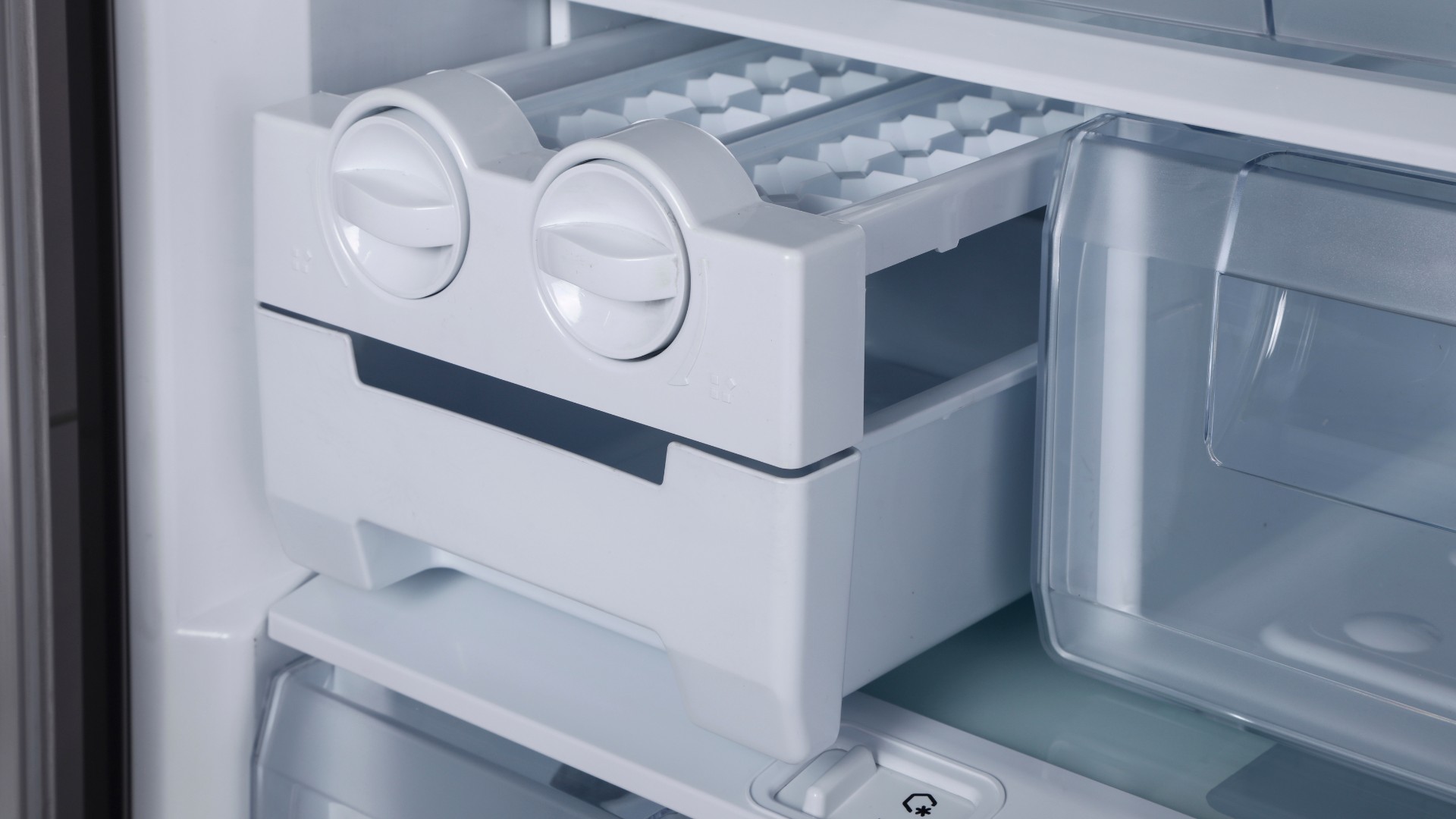

Articles
Why My Lg Refrigerator Is Not Making Ice
Modified: September 1, 2024
Learn why your LG refrigerator is not making ice and find helpful articles to troubleshoot the issue and get your ice maker working again.
(Many of the links in this article redirect to a specific reviewed product. Your purchase of these products through affiliate links helps to generate commission for Storables.com, at no extra cost. Learn more)
Introduction
Having a refrigerator that can make ice is a convenient and essential feature for many households. However, if your LG refrigerator is not making ice, it can be frustrating and inconvenient. There are several possible reasons why this may be happening, and in this article, we will explore the common causes and provide potential solutions to help you get ice flowing once again.
A malfunctioning ice maker can be caused by various factors, ranging from issues with the water supply to problems with specific components within the refrigerator. By understanding these potential causes and learning how to troubleshoot them, you can save time and money by avoiding unnecessary service calls or purchasing a new refrigerator.
In the following sections, we will guide you through the most common reasons your LG refrigerator is not making ice and provide step-by-step solutions to resolve the issue.
Key Takeaways:
- Troubleshoot LG refrigerator ice maker issues by checking water supply, inspecting inlet valve, and ensuring proper airflow. Regular maintenance and defrosting can restore ice production and extend appliance lifespan.
- Address LG refrigerator ice maker problems by verifying temperature settings, replacing clogged water filters, and examining ice maker assembly. Contact LG customer support for expert assistance if issues persist.
Read more: Why Is My Refrigerator Not Making Ice
Possible Reasons for LG Refrigerator Not Making Ice
When your LG refrigerator stops making ice, there can be several potential reasons behind it. Identifying the root cause is crucial in order to implement the appropriate solution. Here are some possible reasons why your LG refrigerator may not be making ice:
- Water supply issue: One of the most common causes of an ice maker malfunction is a problem with the water supply. If the water valve that supplies water to the refrigerator is turned off or not connected properly, it can prevent the ice maker from producing ice.
- Water inlet valve malfunction: The water inlet valve controls the flow of water into the ice maker. If this valve becomes faulty or gets clogged, it can result in a lack of water supply to the ice maker, leading to no ice production.
- Ice maker assembly problem: The ice maker assembly includes various components such as the motor, gears, and sensors. If any of these parts malfunction or become damaged, it can hinder the ice-making process.
- Water filter clog: A clogged water filter can restrict the flow of water to the ice maker, preventing it from producing ice. Regularly changing the water filter can help prevent this issue.
- Temperature settings: If the temperature within the freezer is too high, it can affect the ice-making process. The freezer temperature needs to be set at or below 0 degrees Fahrenheit (-18 degrees Celsius) for optimal ice production.
- Inadequate air circulation: Insufficient airflow to the freezer can affect the ice maker’s performance. A blocked vent or a crowded freezer can restrict airflow, leading to poor ice production.
- Freezer frost buildup: A buildup of frost or ice in the freezer can obstruct the ice maker’s operation. It is essential to regularly defrost the freezer to ensure proper ice production.
Now that we have identified the possible reasons behind your LG refrigerator not making ice, let’s delve into each of these issues in more detail and explore the corresponding solutions.
Common Causes and Solutions
When your LG refrigerator is not making ice, it is important to identify the specific cause of the problem in order to implement the correct solution. Here are some common causes and their corresponding solutions:
- Water supply issue: If the water supply to your refrigerator is turned off or not connected properly, check the water line and ensure it is securely connected to both the refrigerator and the water source. Turn on the water supply if it is turned off.
- Water inlet valve malfunction: Inspect the water inlet valve and make sure it is not clogged or damaged. If you notice any issues, such as leaks or blockages, consider replacing the water inlet valve with a new one.
- Ice maker assembly problem: If the ice maker assembly is malfunctioning, you may need to replace certain components, such as the motor, gears, or sensors. Consult the user manual or contact an authorized service technician to handle this repair.
- Water filter clog: If your refrigerator has a water filter, check if it is clogged or overdue for replacement. Replace the water filter if necessary, as a clogged filter can restrict water flow to the ice maker.
- Temperature settings: Verify that the freezer temperature is set to 0 degrees Fahrenheit (-18 degrees Celsius) or below. Adjust the temperature settings if needed and allow some time for the ice maker to start producing ice.
- Inadequate air circulation: Ensure that there is sufficient airflow in the freezer by avoiding overloading it with food items or blocking air vents. Rearrange the items inside the freezer if necessary to promote better air circulation.
- Freezer frost buildup: If there is a buildup of frost or ice in the freezer, it can affect the ice maker’s performance. Perform a manual defrost by turning off the refrigerator, removing all food items from the freezer, and letting the frost melt away. Clean and dry the freezer before turning it back on.
By addressing these common causes and applying the appropriate solutions, you can potentially resolve the issue of your LG refrigerator not making ice. However, if the problem persists after troubleshooting, it is recommended to contact LG customer support or schedule a service visit to diagnose and fix the problem.
Checking the Water Supply
One of the first things to check when your LG refrigerator is not making ice is the water supply. A disruption in the water supply can prevent the ice maker from receiving the necessary water to produce ice. Here’s how you can check the water supply:
- Ensure the water valve is turned on: Locate the water shut-off valve connected to your refrigerator’s water supply line. Make sure the valve is fully open by turning it counterclockwise. Sometimes, the valve may inadvertently get turned off, causing the water supply to be cut off.
- Check the water line connections: Examine the water supply line behind your refrigerator to ensure it is securely connected to both the refrigerator and the water source. Tug gently on the water line to confirm that it is attached firmly without any looseness or leaks.
- Inspect for kinks or obstructions: Examine the water supply line for any kinks, bends, or obstructions that may prevent water from flowing freely. Straighten out any kinks or remove any obstructions if found.
Once you have checked and confirmed that the water supply is properly connected and free from any obstructions, you can move on to the next step of troubleshooting.
If you suspect an issue with the water inlet valve or the ice maker assembly itself, it is recommended to consult your LG refrigerator’s user manual or contact LG customer support for further assistance or to schedule a service visit. These professionals can provide guidance and help diagnose and resolve any complex water supply issues that may be affecting your refrigerator’s ice-making ability.
Inspecting the Water Inlet Valve
If your LG refrigerator is still not making ice after ensuring the water supply is correctly connected, the next component to examine is the water inlet valve. The water inlet valve controls the flow of water into the ice maker, so any malfunction can disrupt the ice-making process. Here’s how you can inspect the water inlet valve:
- Locate the water inlet valve: The water inlet valve is typically located at the back of the refrigerator, behind the access panel or near the bottom of the fridge. Consult your refrigerator’s user manual to determine the exact location.
- Check for leaks or blockages: Inspect the water inlet valve for any visible leaks, cracks, or signs of damage. If you notice any leaks, it may indicate a faulty valve that needs to be replaced. Additionally, check for any sediment or debris that may be blocking the valve. If there are blockages, clean the valve using a soft brush or cloth.
- Test the valve with a multimeter: Using a multimeter set to the ohms setting, you can test the water inlet valve for continuity. Disconnect the power supply to the refrigerator and remove the water inlet valve from its housing. Connect the multimeter probes to the terminals on the valve and check for continuity. If there is no continuity, it signifies a faulty valve that needs to be replaced.
- Replace the water inlet valve if necessary: If the water inlet valve shows signs of damage, leaks, or fails the continuity test, it is recommended to replace it with a new one. Contact LG customer support or an authorized service provider to purchase the correct replacement part and for guidance on the installation process.
Inspecting the water inlet valve is an important step in troubleshooting why your LG refrigerator is not making ice. By identifying any issues with the valve and addressing them promptly, you can restore water flow to the ice maker and potentially resolve the problem.
If you are unsure about inspecting or replacing the water inlet valve yourself, it is recommended to consult a professional technician who can assist you in diagnosing and resolving the issue.
Read more: Why Is My Ice Maker Not Making
Examining the Ice Maker Assembly
If your LG refrigerator is still not making ice after checking the water supply and inspecting the water inlet valve, the next step is to examine the ice maker assembly itself. The ice maker assembly consists of various components, including the motor, gears, and sensors, which can sometimes malfunction and impede ice production. Here’s how you can examine the ice maker assembly:
- Locate the ice maker assembly: The ice maker assembly is typically located within the freezer compartment of your refrigerator. Refer to your refrigerator’s user manual to find the exact location.
- Inspect for visible damage or obstructions: Carefully examine the ice maker assembly for any visible signs of damage, such as broken or misaligned parts. Check for any ice or debris that may be obstructing the operation of the ice maker.
- Test the motor and gears: Manually rotate the gears of the ice maker assembly using your hand. The gears should move freely and smoothly without any resistance. If you encounter any stiffness or resistance, it may indicate a problem with the motor or gears that requires further investigation or professional assistance.
- Check the sensors: The ice maker assembly includes sensors that detect the ice levels and control the ice-making process. Make sure the sensors are clean and free from any debris or ice buildup. Use a soft cloth or brush to gently clean the sensors if necessary.
If you notice any significant damage or malfunctioning parts within the ice maker assembly, it is recommended to contact LG customer support or a professional technician. They can provide guidance on whether a repair is possible, or if it is more practical to replace the entire ice maker assembly.
By thoroughly examining the ice maker assembly and addressing any visible issues, you can potentially resolve the problem and restore the ice-making functionality of your LG refrigerator.
Check the water supply line to the refrigerator to ensure it is not kinked or blocked. Also, make sure the ice maker is turned on and the freezer is set to the proper temperature. If the issue persists, consider contacting a professional for further assistance.
Troubleshooting the Water Filter
If your LG refrigerator is not making ice, another potential cause to consider is a clogged or overdue water filter. A dirty or blocked water filter can restrict water flow to the ice maker, affecting its ability to produce ice. Here’s how you can troubleshoot the water filter:
- Locate the water filter: The water filter is typically located either in the upper right corner of the refrigerator compartment or in the base grille at the bottom of the fridge. Consult your refrigerator’s user manual to find the specific location.
- Check the filter status: Many LG refrigerators have a filter indicator light that will illuminate when it’s time to replace the water filter. Check the status of the filter indicator light to determine if the filter is overdue for replacement. If the light is red or the filter hasn’t been replaced in the recommended timeframe, it’s likely time for a new filter.
- Inspect for clogs or blockages: Remove the water filter from its housing and visually inspect it for any signs of clogs or blockages. If there is significant debris or sediment buildup on the filter, it may be preventing water from flowing freely. In such cases, it’s necessary to replace the filter with a new one.
- Replace the water filter: If your water filter is clogged, overdue for replacement, or if it’s been more than six months since the last filter change, it’s recommended to install a new filter. Consult your refrigerator’s user manual for the correct filter model, or contact LG customer support for assistance in finding the appropriate replacement filter.
Regularly replacing the water filter is essential to maintain optimal water quality and prevent blockages that can affect ice production. By troubleshooting the water filter and ensuring its cleanliness, you can help restore water flow to the ice maker and potentially resolve the issue of your LG refrigerator not making ice.
If troubleshooting the water filter doesn’t resolve the problem, it’s advisable to proceed with investigating other possible causes or contacting LG customer support for further assistance.
Verifying the Temperature Settings
When troubleshooting why your LG refrigerator is not making ice, it’s important to verify the temperature settings. Incorrect temperature settings can affect the ice-making process and result in no ice production. Here’s how you can verify the temperature settings:
- Access the temperature controls: Locate the temperature controls for your refrigerator’s freezer compartment. These controls are usually located inside the refrigerator near the top or on the exterior panel.
- Check the recommended temperature: Check the recommended temperature for the freezer compartment in your refrigerator’s user manual. Generally, the optimal temperature for ice production is 0 degrees Fahrenheit (-18 degrees Celsius). Ensure that the freezer temperature is set to this recommended level.
- Adjust the temperature settings: If the freezer temperature is too high, adjust the temperature control settings to a colder setting. Allow the refrigerator some time to reach the new temperature setting before assessing if it has resolved the issue.
It’s important to note that temperature fluctuations can occur due to various factors, such as frequent door openings or placing warm food items in the freezer. Avoid excessive door openings and ensure that the freezer is not overcrowded, as these factors can impact ice production.
By verifying and adjusting the temperature settings according to the manufacturer’s recommendations, you can promote optimal ice-making conditions in your LG refrigerator. Remember to give the refrigerator sufficient time to adjust to the new settings before expecting to see an improvement in ice production.
If adjusting the temperature settings doesn’t resolve the issue, it may be necessary to continue troubleshooting or contact LG customer support for further assistance.
Ensuring Sufficient Air Circulation
Adequate air circulation is crucial for the proper functioning of your LG refrigerator’s ice maker. Insufficient airflow can lead to temperature imbalances and hinder the ice-making process. Here’s how you can ensure sufficient air circulation in your refrigerator:
- Avoid overloading the freezer: An overcrowded freezer can restrict airflow, preventing cold air from circulating properly. Make sure not to overload the freezer compartment with too many items or large containers that obstruct the air vents.
- Keep air vents clear: Check that the air vents in both the refrigerator and freezer compartments are not blocked by food items or any other obstructions. Clear away any blockages to allow for unobstructed airflow.
- Allow space around the refrigerator: It’s essential to maintain adequate space around the refrigerator, especially at the back, to facilitate proper air circulation. Leave at least a few inches of clearance between the refrigerator and the wall to ensure sufficient ventilation.
- Clean the condenser coils: Dust and debris can accumulate on the condenser coils at the back or bottom of the refrigerator, reducing their efficiency. Regularly clean the condenser coils using a vacuum cleaner or a brush to remove any buildup and promote better airflow.
- Check the door seals: Damaged or worn-out door seals can contribute to warm air entering the refrigerator, affecting temperature regulation. Inspect the door seals for any cracks, tears, or gaps. Replace the seals if necessary to maintain a proper seal and prevent warm air infiltration.
By ensuring sufficient air circulation in and around your LG refrigerator, you can help maintain optimal conditions for ice production. Good airflow helps to evenly distribute cold air, preventing temperature fluctuations and promoting efficient ice-making.
If you have tried these methods and the ice maker is still not producing ice, it may be necessary to continue troubleshooting or seek assistance from LG customer support or a professional technician to diagnose and resolve the issue.
Read more: Why Is My Ice Maker Making Clumps Of Ice
Defrosting the Freezer
If your LG refrigerator is not making ice, it’s possible that a buildup of frost or ice in the freezer is obstructing proper ice production. Over time, ice can accumulate on the evaporator coils, fan blades, and vents, affecting the refrigerator’s ability to cool efficiently. Defrosting the freezer can help resolve this issue. Here’s how you can defrost the freezer:
- Prepare for defrosting: Empty the freezer compartment of all its contents. Transfer perishable items to a cooler with ice packs to ensure they remain at a safe temperature during the defrosting process. Unplug the refrigerator from the power source to avoid any electrical hazards.
- Accelerate the defrosting process: To speed up the defrosting process, you can place bowls of hot water inside the freezer or use a hairdryer on a low heat setting to melt the ice. Be cautious when using a hairdryer to avoid heating the plastic or damaging any components.
- Remove the ice buildup: As the ice begins to melt, use a towel or sponge to remove the excess water. Be sure to wipe down the walls, shelves, and any other surfaces in the freezer. Take care not to use sharp objects that could damage the interior of the freezer.
- Clean the freezer: Once the ice has completely melted and the freezer is dry, clean the interior with a mixture of mild soap and warm water. Wipe down all surfaces, including the drawers and shelves, to remove any remaining debris or residue. Rinse with clean water and dry thoroughly.
- Power on the refrigerator: Once the freezer is completely defrosted and cleaned, plug the refrigerator back into the power source. Allow the refrigerator to cool down to the desired temperature before reloading the freezer with food items.
Regularly defrosting the freezer can help prevent ice buildup and improve the overall efficiency of your LG refrigerator. It can also restore proper ice production and alleviate potential issues affecting the ice maker.
If defrosting the freezer does not resolve the problem of your LG refrigerator not making ice, it may be necessary to continue troubleshooting or seek assistance from LG customer support or a professional technician.
Conclusion
A functioning ice maker in your LG refrigerator is a convenient feature that ensures a constant supply of ice for your everyday needs. However, when your refrigerator is not making ice, it can be frustrating. By understanding the possible reasons and troubleshooting steps, you can resolve the issue and enjoy ice production once again.
In this article, we explored several common causes for an LG refrigerator not making ice. These include water supply issues, problems with the water inlet valve, malfunctioning ice maker assembly, clogged water filters, incorrect temperature settings, inadequate air circulation, and freezer frost buildup. For each of these causes, we provided detailed solutions and troubleshooting steps.
It is important to check the water supply and inspect the water inlet valve to ensure proper water flow to the ice maker. Additionally, examining the ice maker assembly and troubleshooting the water filter are important steps in identifying and resolving potential issues. Verifying the temperature settings and ensuring sufficient air circulation in and around the refrigerator are vital for optimal ice production. Lastly, defrosting the freezer helps eliminate ice buildup that may obstruct the ice-making process.
If you have followed the troubleshooting steps outlined in this article and the issue still persists, it is recommended to contact LG customer support or a professional technician for further assistance. They can provide expert advice and guidance to diagnose and resolve more complex problems with your LG refrigerator’s ice maker.
Remember, maintaining your LG refrigerator and addressing issues promptly can prolong its lifespan and ensure its optimal performance. By troubleshooting and resolving the problem of your LG refrigerator not making ice, you can continue to enjoy the convenience of having ice readily available whenever you need it.
Frequently Asked Questions about Why My Lg Refrigerator Is Not Making Ice
Was this page helpful?
At Storables.com, we guarantee accurate and reliable information. Our content, validated by Expert Board Contributors, is crafted following stringent Editorial Policies. We're committed to providing you with well-researched, expert-backed insights for all your informational needs.
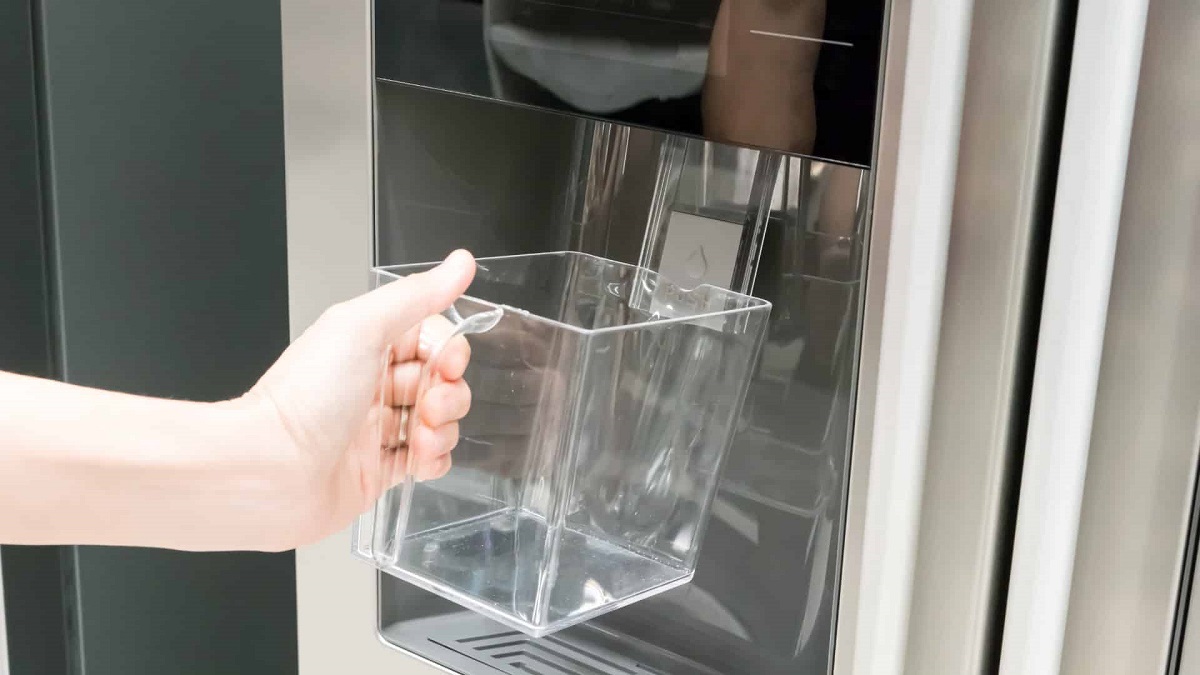
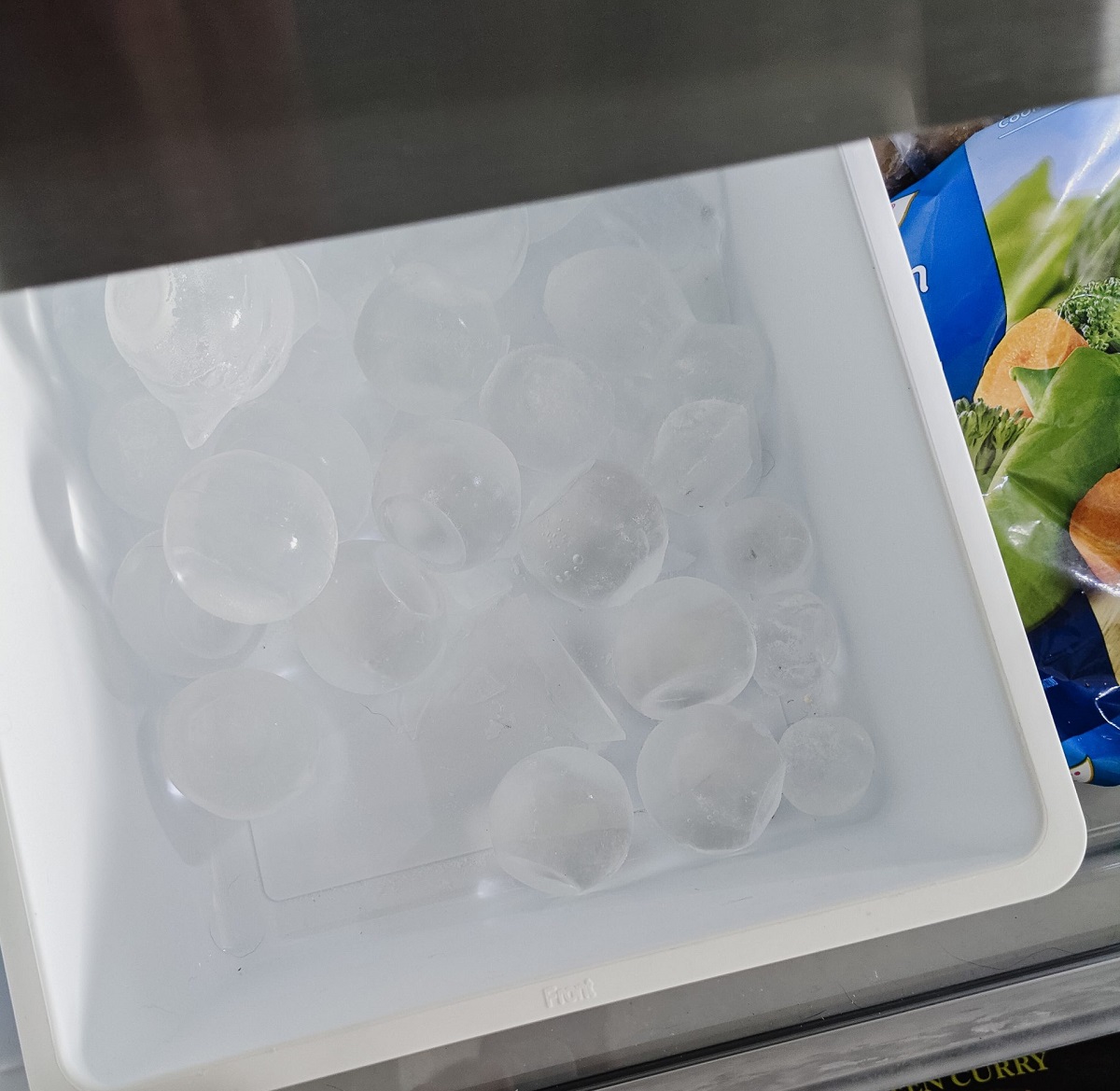
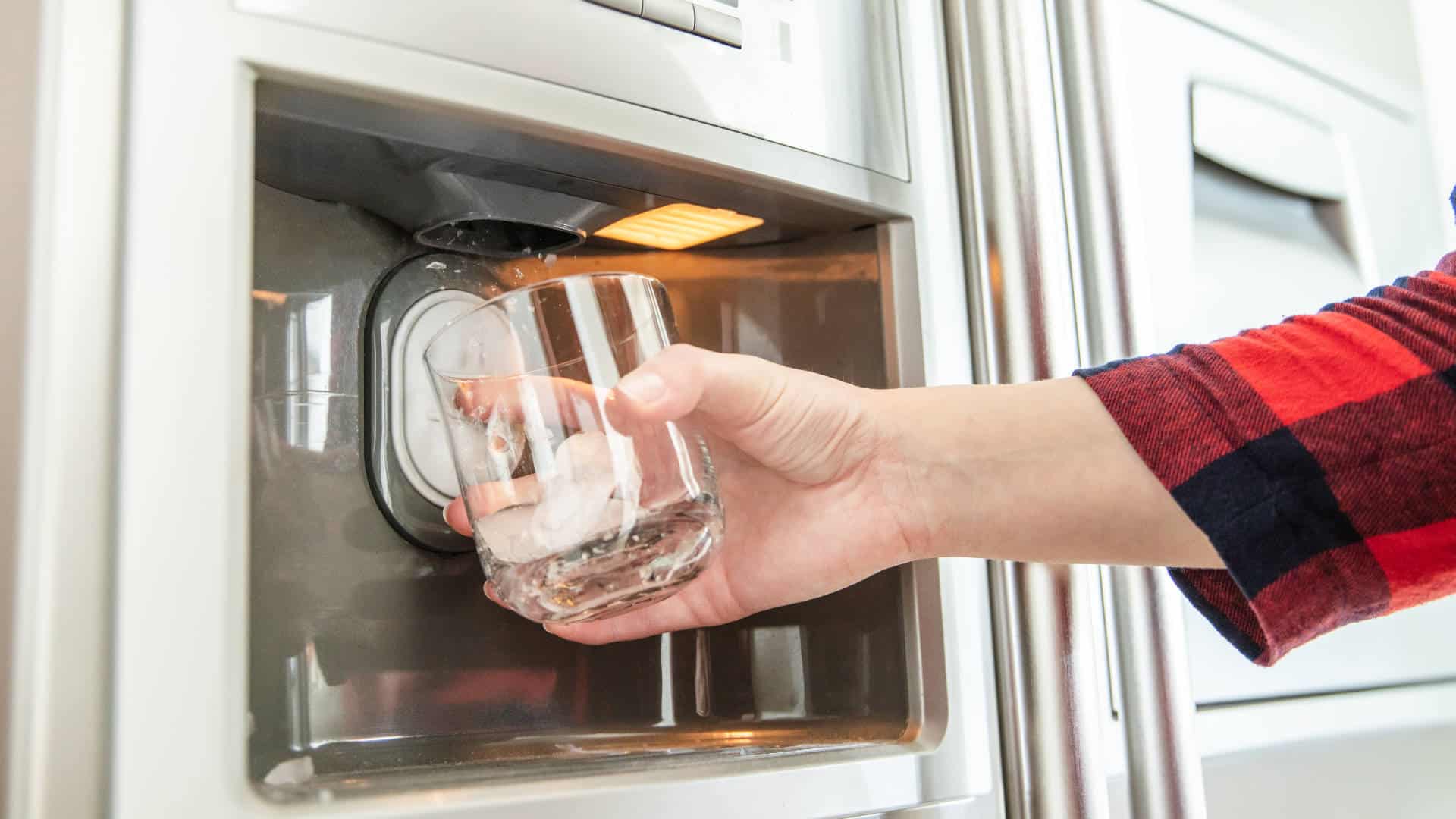
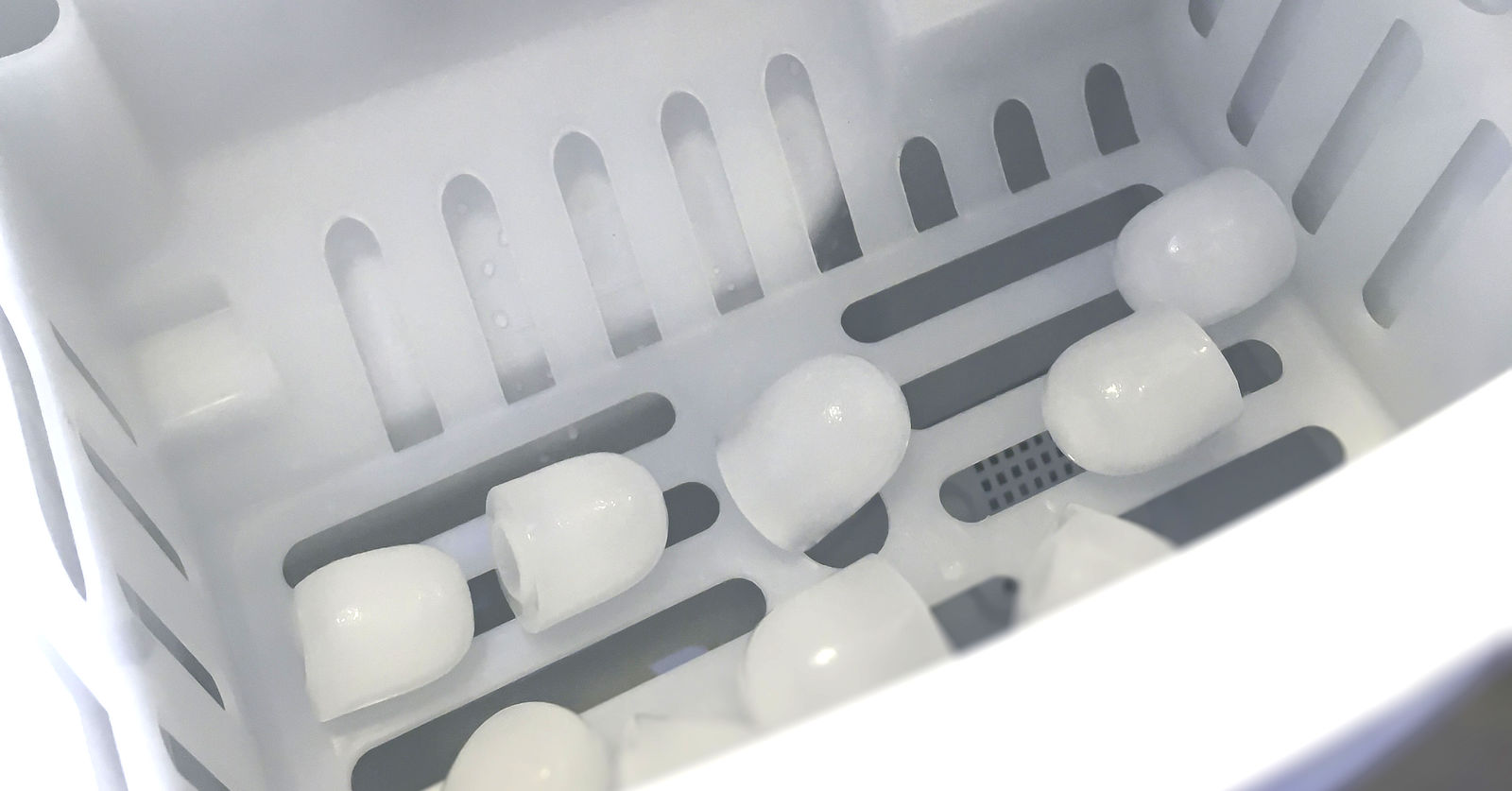
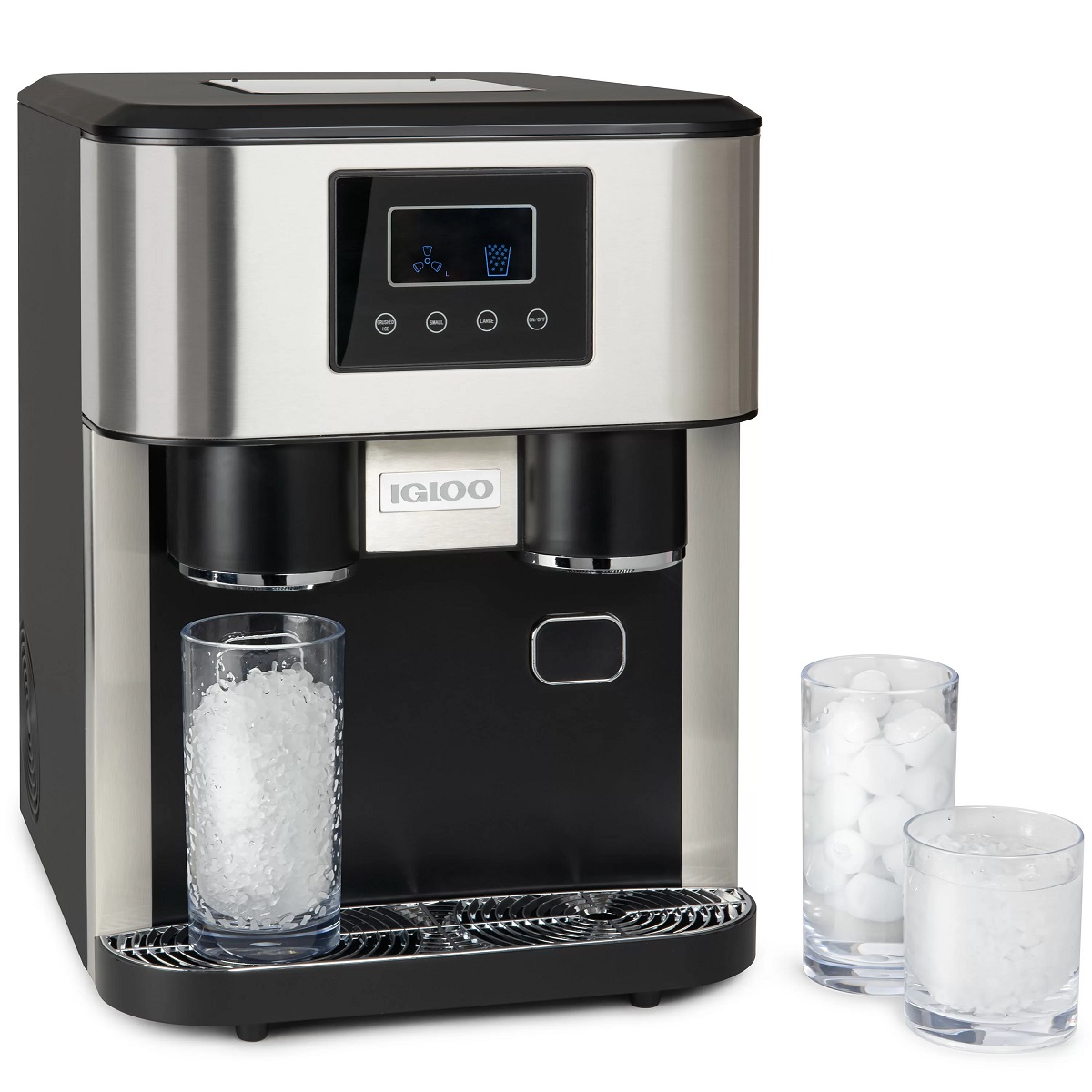
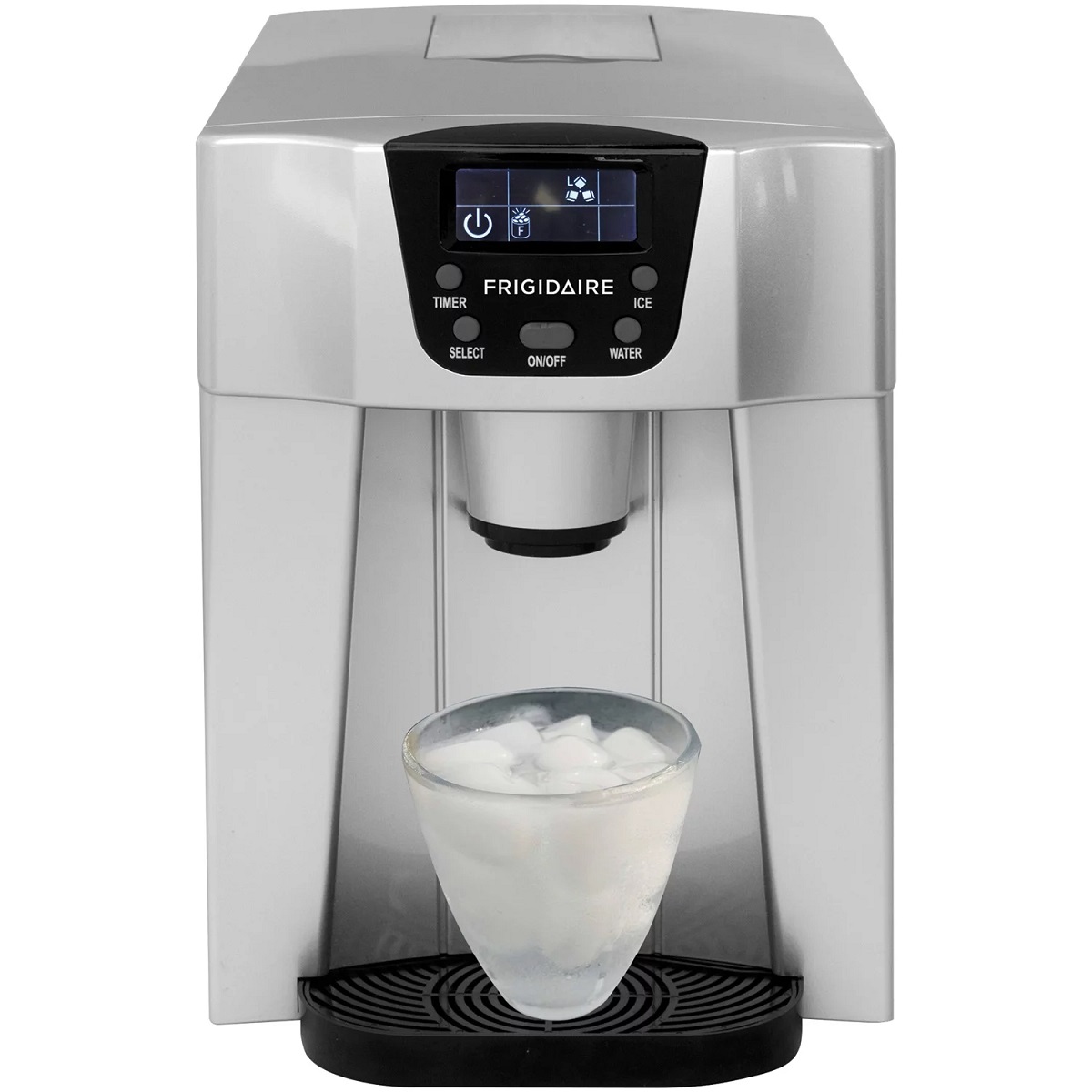
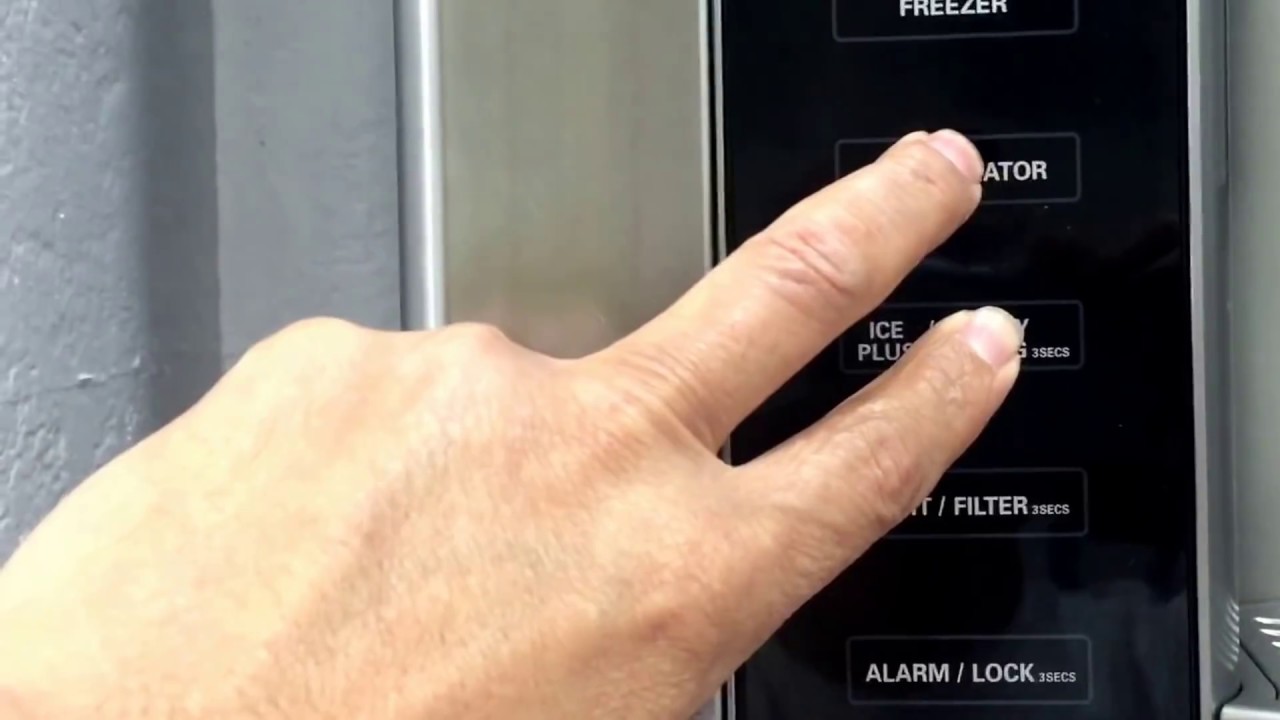
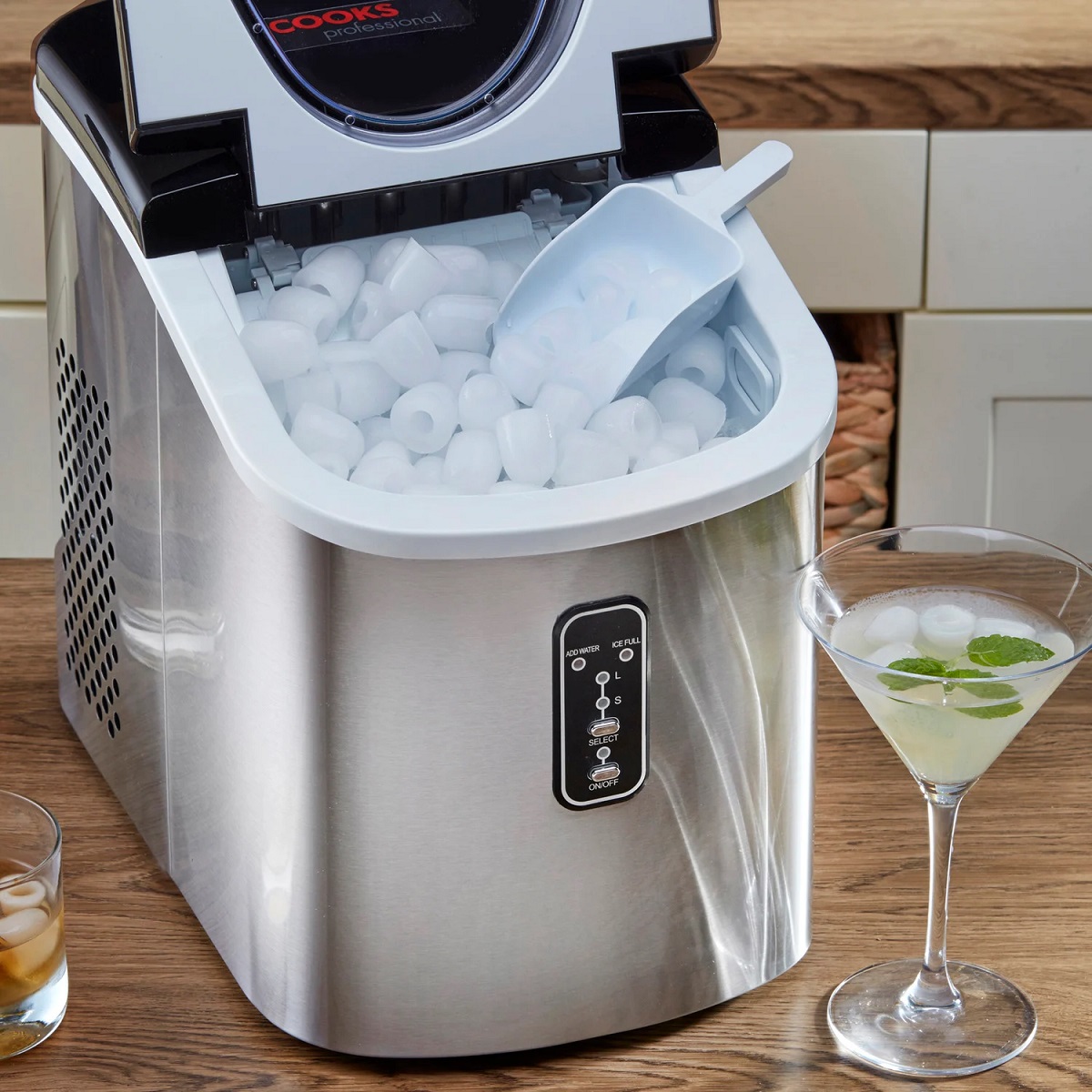
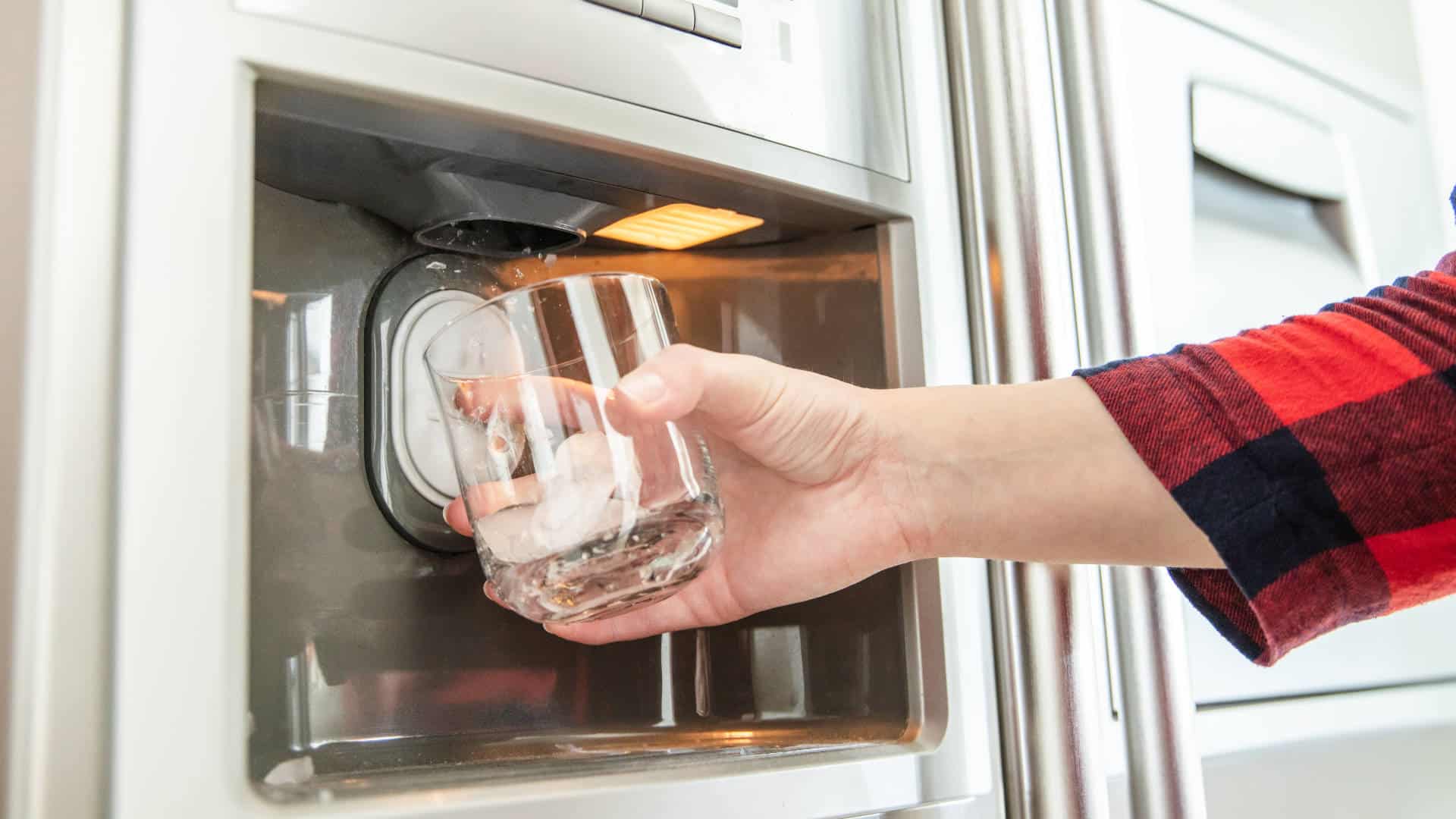
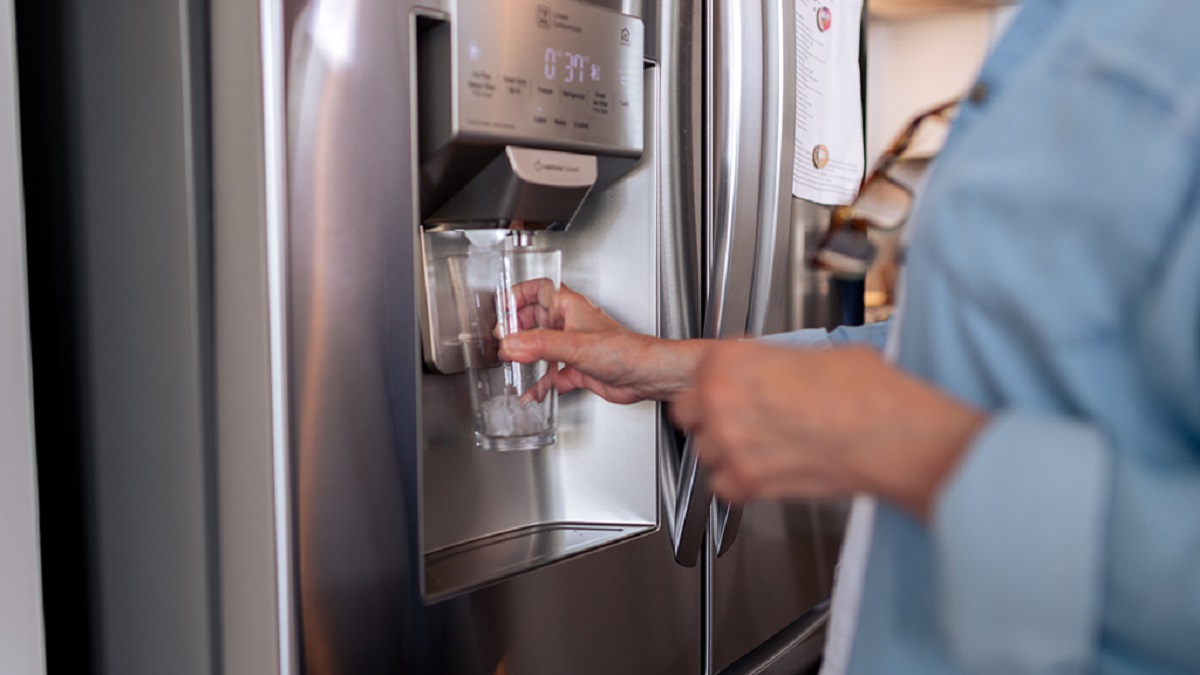
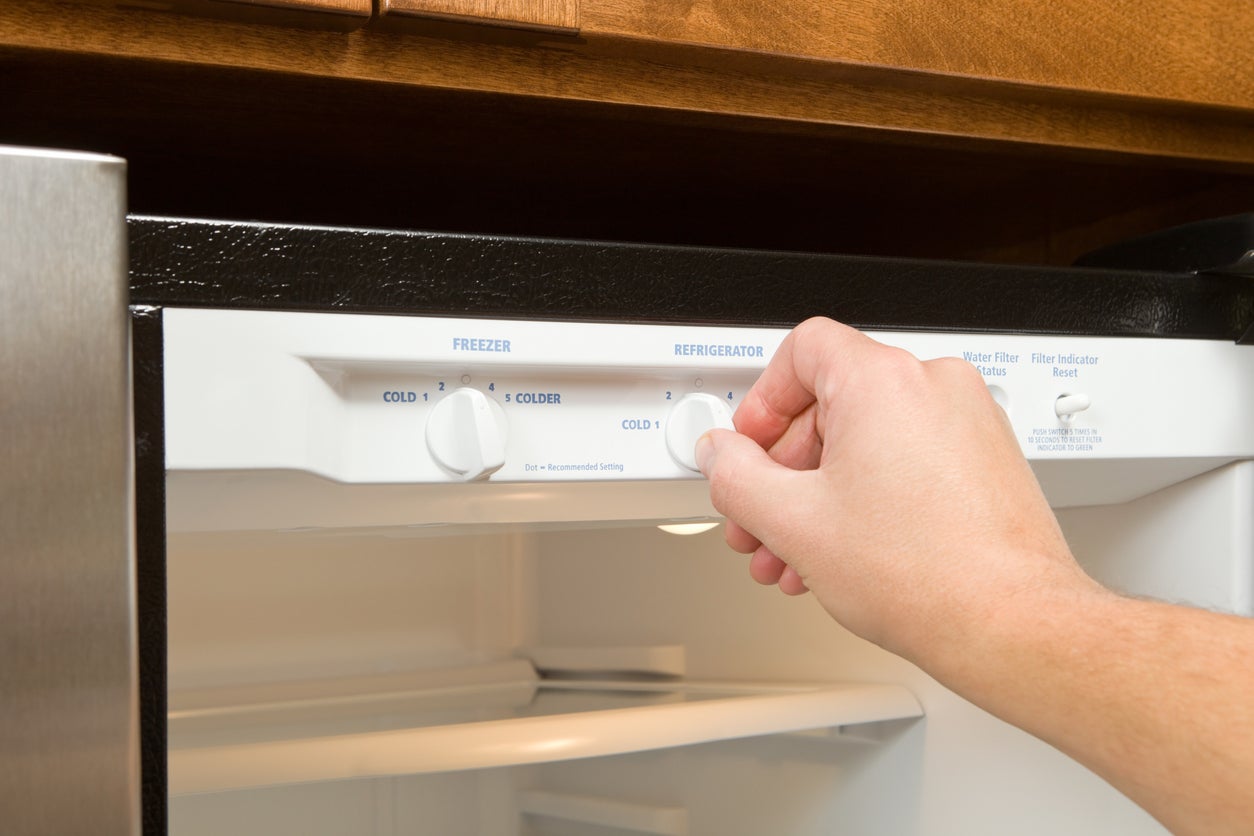
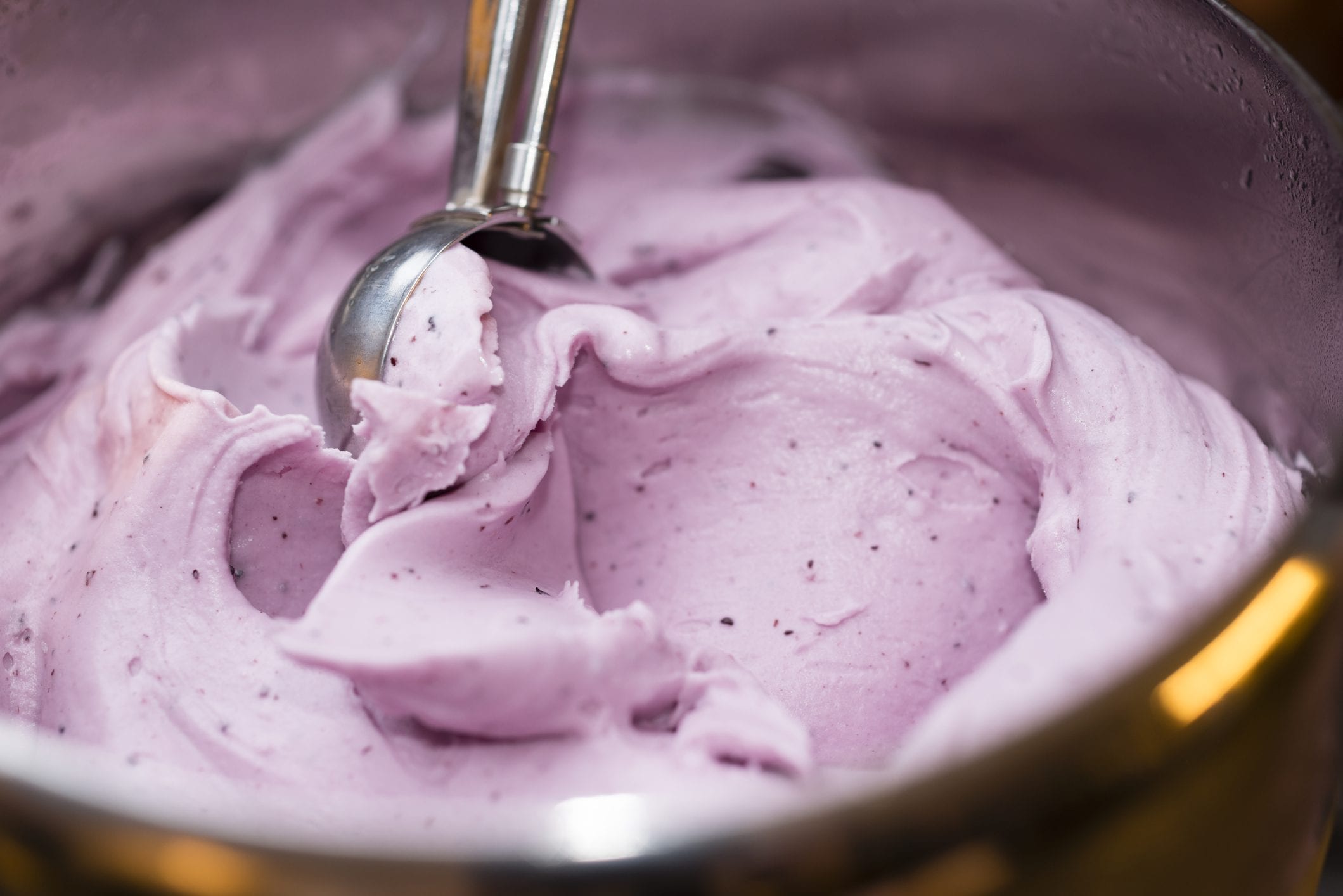
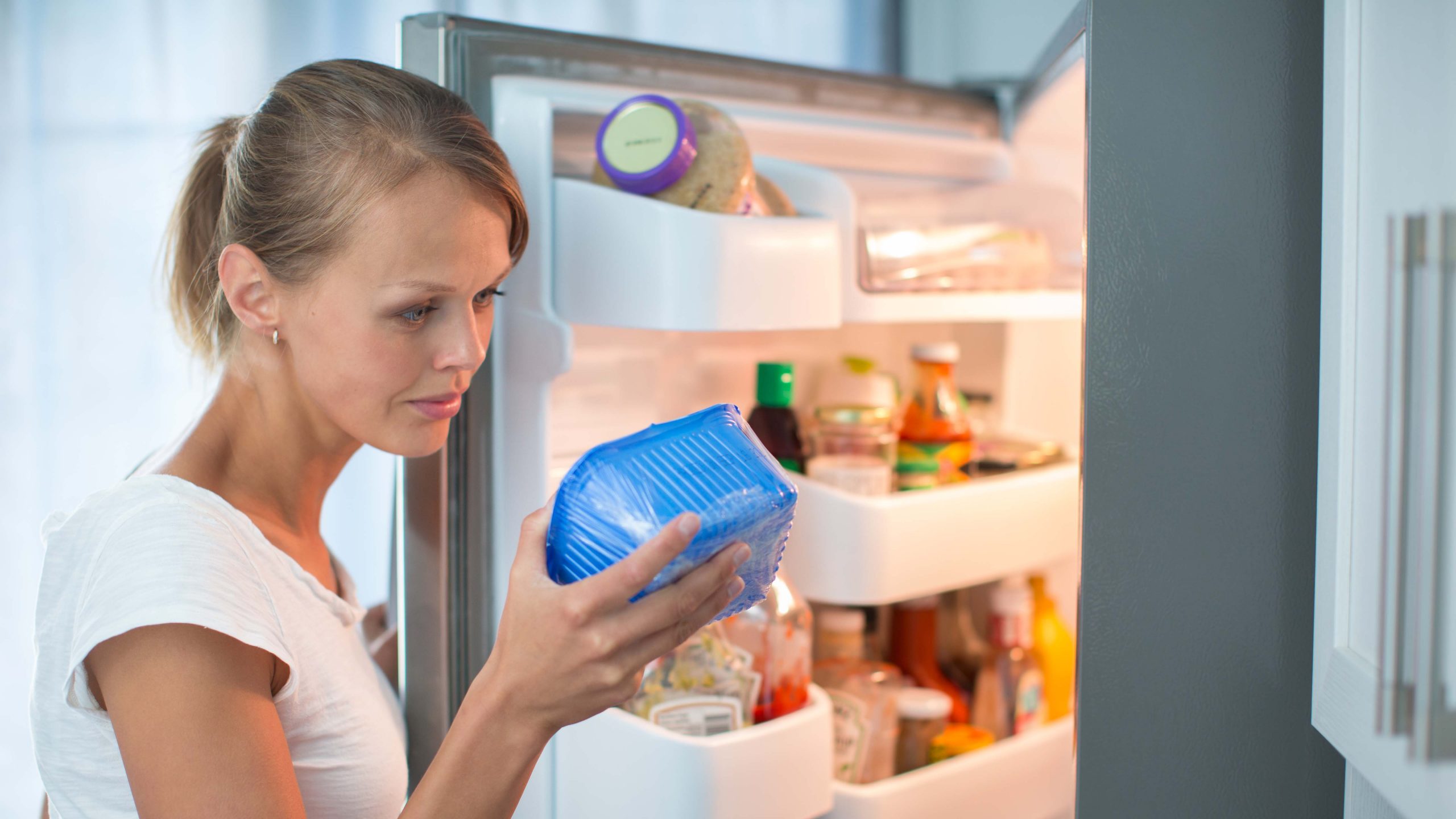

0 thoughts on “Why My Lg Refrigerator Is Not Making Ice”